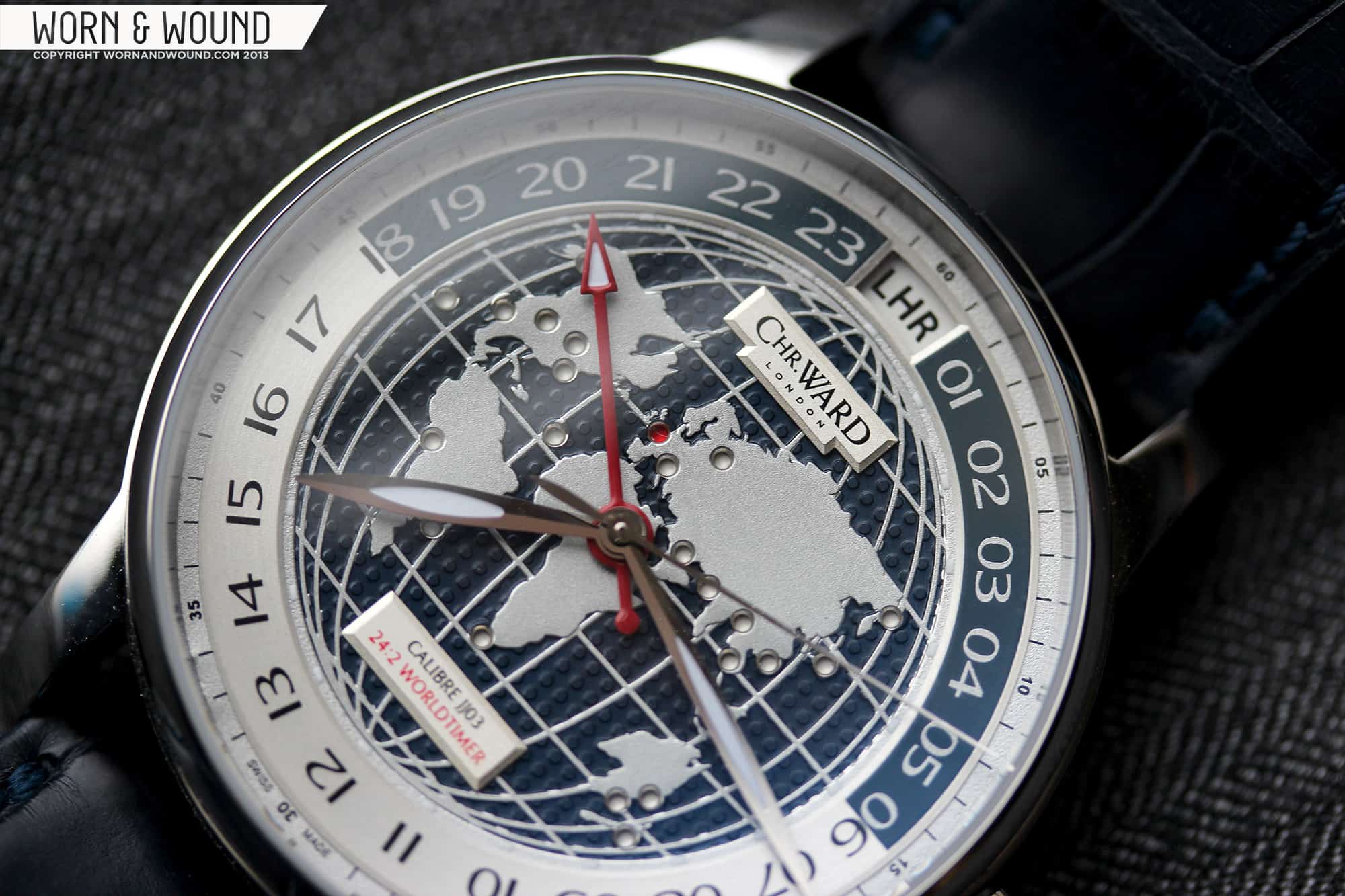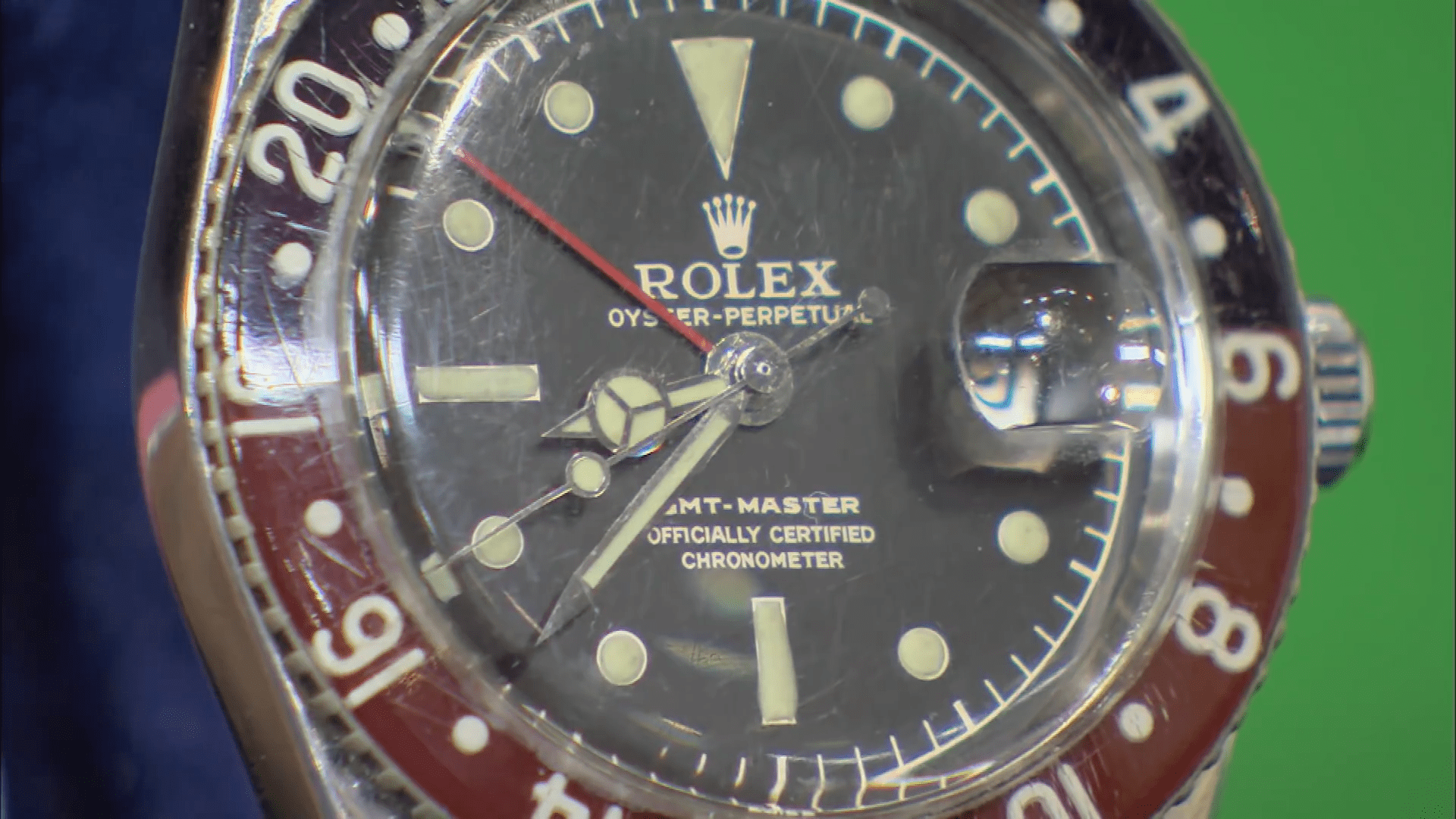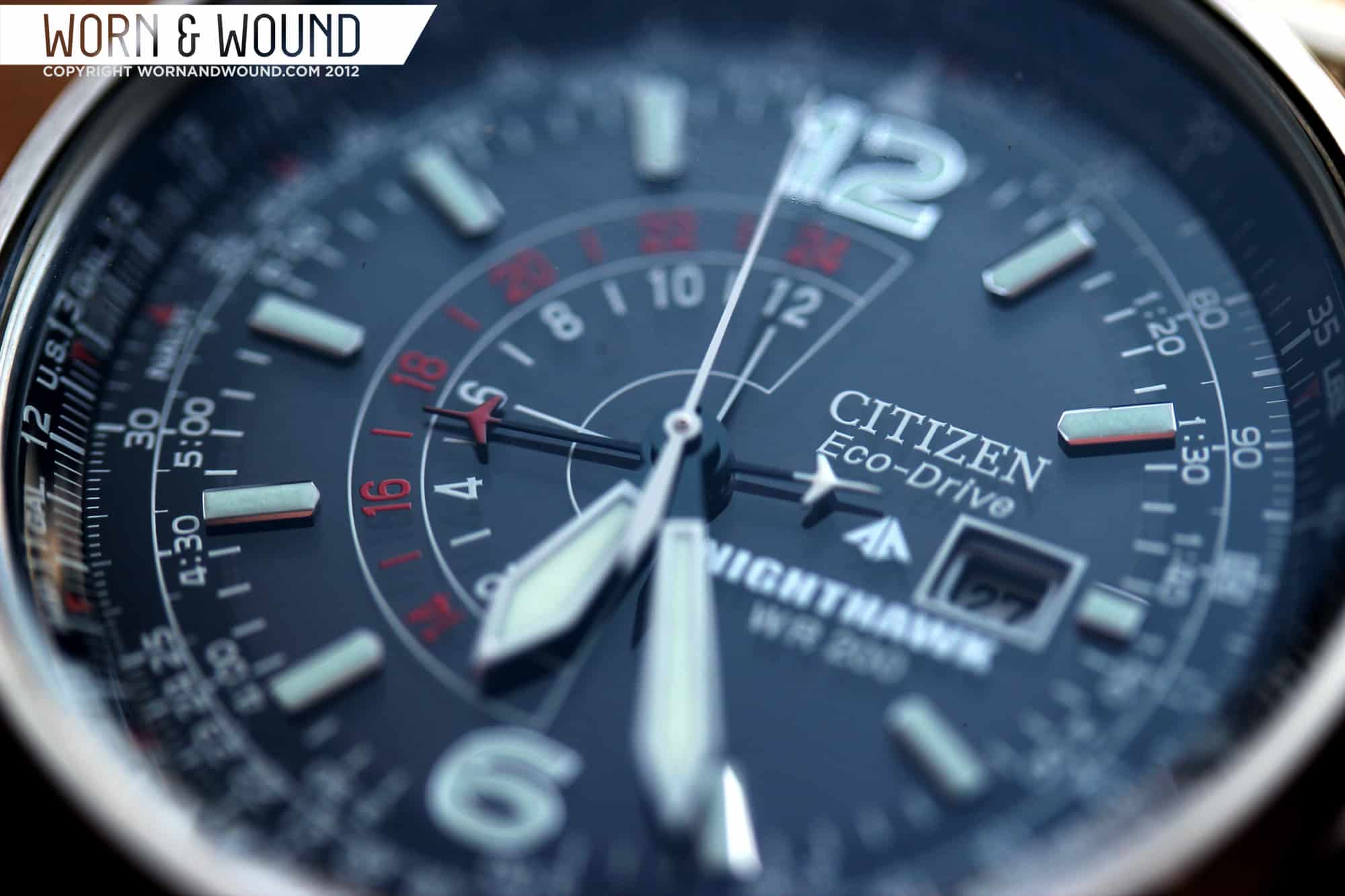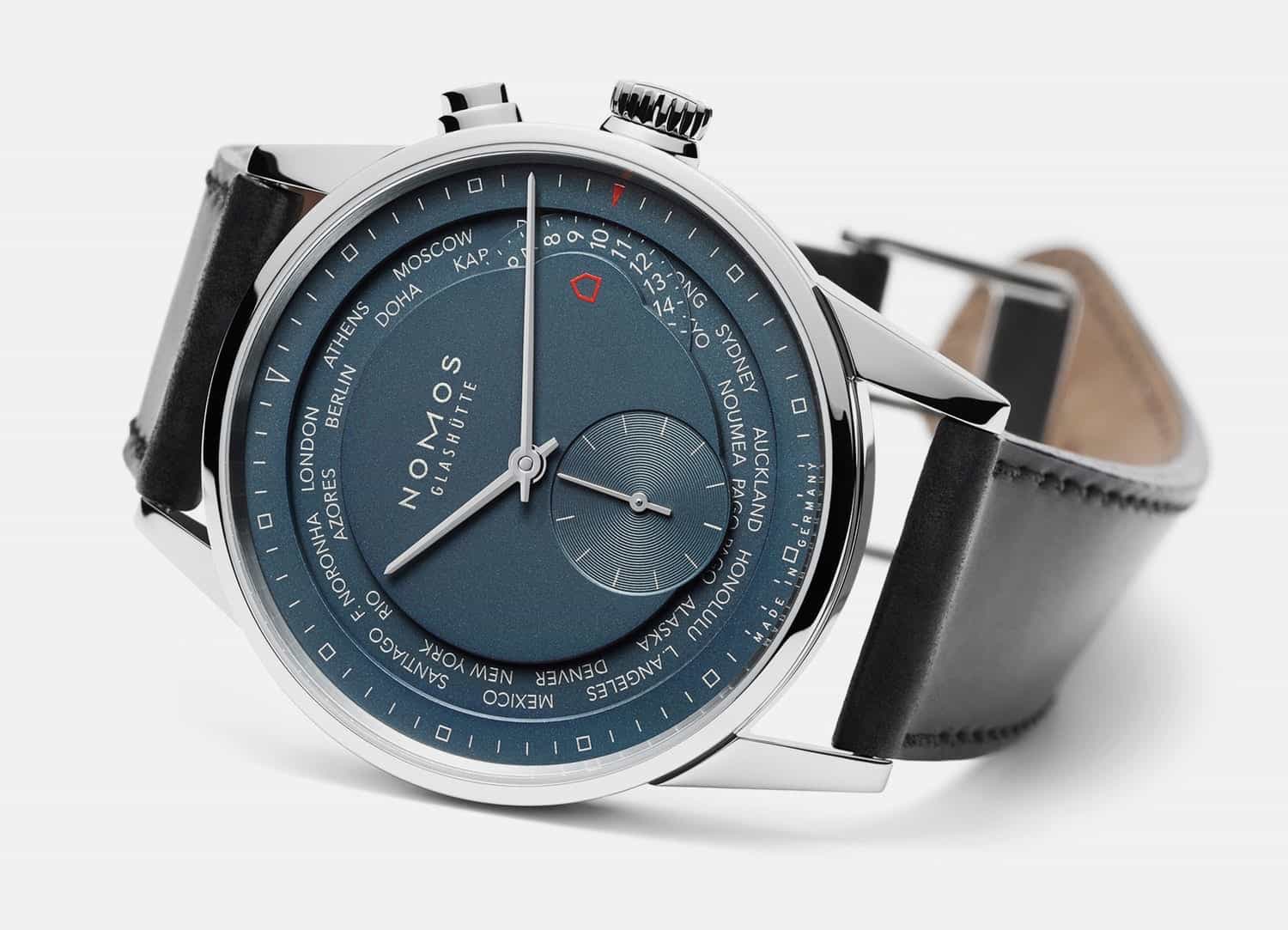Whether you’re a frequent traveler or just have regular communication with people in different time zones, knowing the time in more than one place can often be a very useful thing to have on your watch. In this installment of Complications, I’m taking a look at the GMT complication—how and when it first came about, a few different variations of display and usage, and some of the mechanical movements often used.
GMT is short for Greenwich Mean Time and it’s the average (or mean) time that the sun crosses the Greenwich meridian—“average” because the exact time this occurs can vary by up to 16 minutes throughout the year.

The first GMT watches were intended to show GMT time in addition to local time, but for most people, the GMT hand is likely to be used as a reference to home time instead. With two times to display, the local time is displayed against the usual 12-hour dial with an additional GMT hour hand completing a rotation of the dial once every 24 hours and referenced against a 24-hour scale either on the bezel or dial itself. A watch with a 24-hour scale on both the dial and the bezel is capable of tracking three time zones at once: one against the regular hour hand and two—in 24-hour notations—against the GMT hand.









 Featured Videos
Featured Videos













